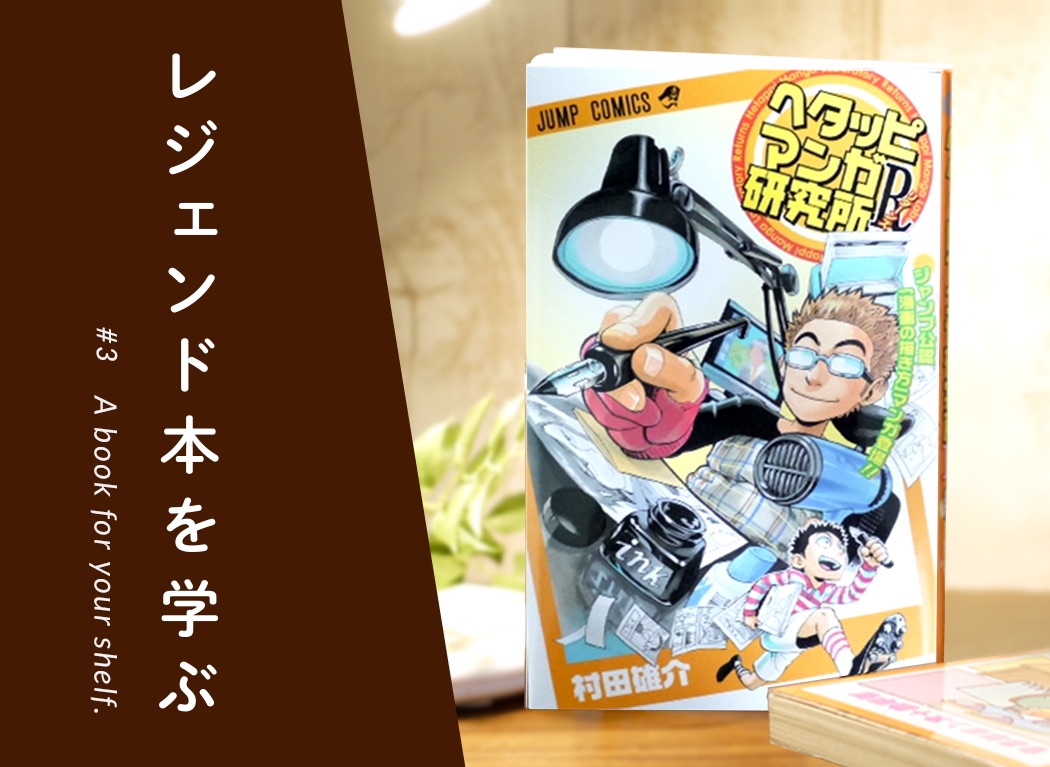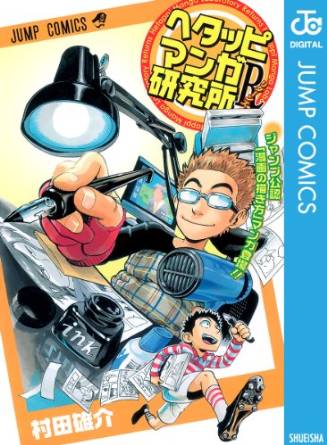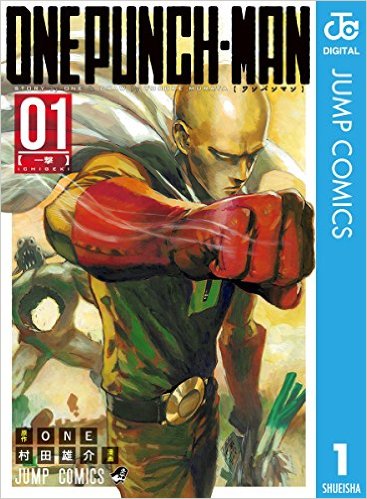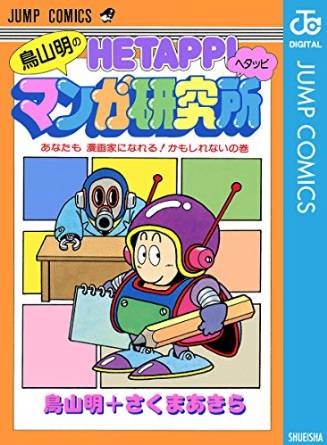漫画の描き方を漫画で学べる『ヘタッピマンガ研究所R』 〜レジェンド本を学ぶ〜

文:いしじまえいわ
「レジェンド本を学ぶ」は、イラスト、アニメ、漫画、映像などの分野のレジェンドクリエイターの著書から作品や表現について学ぶことで、もっと作品を愛し創作を楽しんでいただくための企画です。

▲ 村田雄介『ヘタッピマンガ研究所R』(集英社、2011年)
今回は漫画家・村田雄介先生の『ヘタッピマンガ研究所R(リターンズ)』(2011年)をご紹介します。
画力がスゴい村田雄介先生が著した漫画指南書

▲ 稲垣理一郎、村田雄介『アイシールド21』(集英社、2002年)

▲ ONE、村田雄介『ワンパンマン』(集英社、2012年)
現在は、となりのヤングジャンプにて『ワンパンマン』(2012年)を、週刊モーニングで『マンガ家 夜食研究所』(2016年)を連載中です。
村田先生は作画に専念されるケースが多いのですが、それは、絵の技術がとにかく素晴らしいからこそ。
また、村田先生は中学生のころ、人気ゲーム『ロックマン』シリーズのボスキャラ公募に応募し、『ロックマン4』(1991年)のダストマン、『ロックマン5』(1992年)のクリスタルマンと、2度も採用されているという経歴を持っています。若い頃からその絵の技術は並外れたものがあったようです。
そんなとにかく絵がうまい漫画家が著した漫画の指南書が、この『ヘタッピマンガ研究所R(リターンズ)』。
ちなみに、本書は”リターンズ”ということですが、実は第1作目として『鳥山明のヘタッピマンガ研究所』(1985年)という本が出版されています。
村田先生は作画に専念されるケースが多いのですが、それは、絵の技術がとにかく素晴らしいからこそ。
また、村田先生は中学生のころ、人気ゲーム『ロックマン』シリーズのボスキャラ公募に応募し、『ロックマン4』(1991年)のダストマン、『ロックマン5』(1992年)のクリスタルマンと、2度も採用されているという経歴を持っています。若い頃からその絵の技術は並外れたものがあったようです。
そんなとにかく絵がうまい漫画家が著した漫画の指南書が、この『ヘタッピマンガ研究所R(リターンズ)』。
ちなみに、本書は”リターンズ”ということですが、実は第1作目として『鳥山明のヘタッピマンガ研究所』(1985年)という本が出版されています。

▲ 鳥山明、さくまあきら『鳥山明のヘタッピマンガ研究所』(集英社、1985年)
こちらはその名の通り、『DRAGON BALL』(1984)の鳥山明先生が『桃鉄』シリーズのさくまあきら先生とともに著した漫画指南書。村田先生も小学生の頃、この本を読みながら漫画家を目指したのだとか。
そんな村田先生の『ヘタッピマンガ研究所R(リターンズ)』は、漫画の指南書としてはもちろん、違った側面からも楽しむことができる本なんです。
今回は、
1. 漫画の技術書として読む
2. 短編漫画として読む
3. 村田先生の画集として読む
の3つの側面から、レジェンド本の魅力に迫ります。
そんな村田先生の『ヘタッピマンガ研究所R(リターンズ)』は、漫画の指南書としてはもちろん、違った側面からも楽しむことができる本なんです。
今回は、
1. 漫画の技術書として読む
2. 短編漫画として読む
3. 村田先生の画集として読む
の3つの側面から、レジェンド本の魅力に迫ります。
